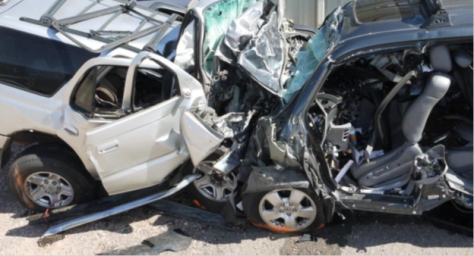By Debbie Hersman
Earlier this month the National Highway Traffic Safety Administration released the final traffic fatality numbers for 2011. Sadly, 32,367 people died on our roadways last year. However, this represents a decline of almost 2 percent from the previous year, continuing a steady decline in traffic fatalities in recent years. Additionally, deaths in crashes involving drunk drivers dropped 2.5 percent in 2011, claiming the lives of 9,878 people compared to 10,136 in 2010. Overall in 2011, the number of fatalities resulting from motor vehicle crashes was at its lowest level since 1949. This is an encouraging trend that we must all work together to maintain.
Of course, the 2011 fatality figures also reveal that we still have a great deal of work to do.
• Fatalities increased among large truck occupants, cyclists, pedestrians, and motorcycle riders.
• Distraction-related fatalities increased.
• The proportion of traffic fatalities that are attributed to substance-impaired drivers remained stubbornly stuck at just over 30%, a figure that has gone virtually unchanged for nearly two decades.
You, too, can make a commitment to traffic safety over the holidays and in the New Year.
• Don’t operate any vehicle while impaired by drugs, alcohol, or fatigue.
• Stop, look, and listen at railroad crossings.
• Buckle up for safety … all passengers, all the time.
• Make sure child safety seats are properly installed.
• Put away phones and other devices and just drive.
• Wear a DOT-compliant helmet when riding a motorcycle.
• Model good driving for your children.
Start 2013 off right by choosing to celebrate New Year’s Eve safely. Happy (and safe) holidays to all!



 By Debbie Hersman
By Debbie Hersman